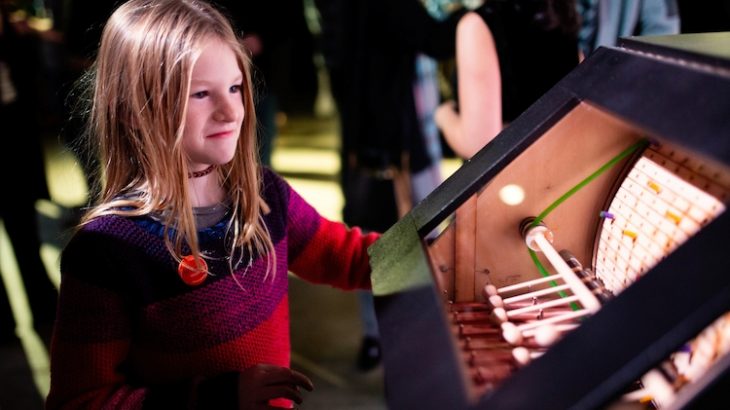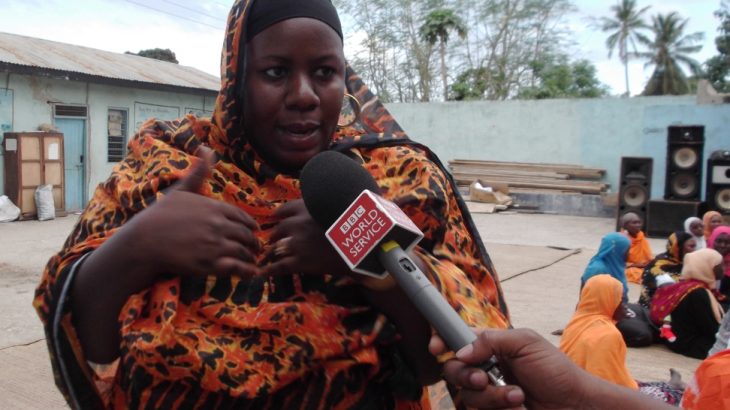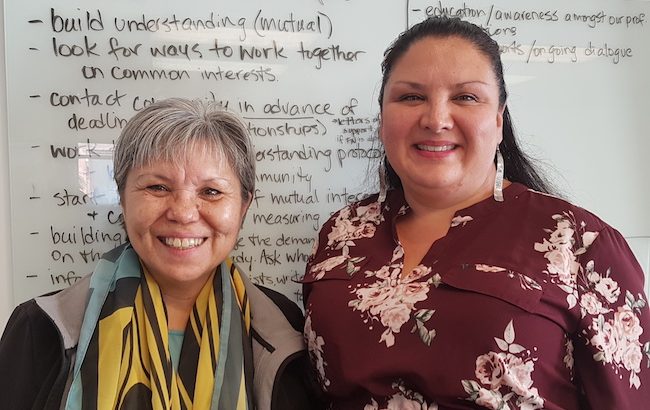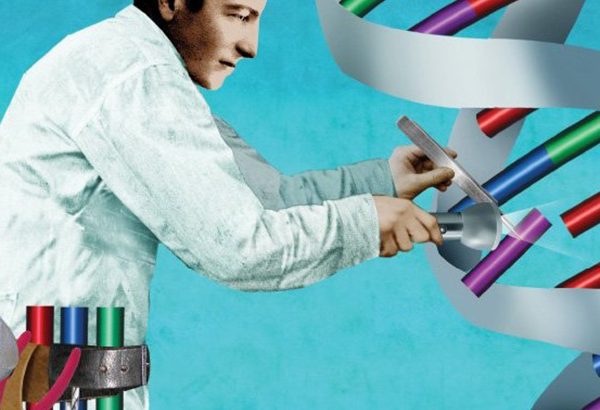Katrina Vera Wong and Raymond Nakamura, Multimedia editors “Science is about the pursuit of knowledge and understanding the nature of reality. But there are different ways of seeing, different ways of knowing reality. It’s time to recognize the blessing of having different sciences and to invite them together under one tent to dialogue.” – Glenn […]
Reviews and Commentary
When art and science collide – Science Borealis reviews the Collisions Festival: Invasive Systems

Raymond Nakamura and Katrina Vera Wong, Multimedia co-editors This fall, Curiosity Collider (CC), a Vancouver-based nonprofit that brings together art and science, launched their first Collisions Festival, a sci-art festival that ran from November 8 to 10 at Vancouver’s VIVO Media Arts Centre. “There is no dedicated sci-art gallery space or any exhibition events in […]
Mind the (gender) gap: Big data with impact

Amanda Maxwell, Science Borealis editorial coordinator What image pops into your head when you hear the word ‘expert’ in news stories? It’s probably the stereotypic male authority. ‘Probably’ because globally women’s voices are missing from the news – we’re much more likely to hear and see men quoted as experts. Recognizing media bias is one […]
Building Indigenous relations in an Age of Reconciliation

Sarah Boon, Science Borealis Core Team member On Saturday, November 17, Science Borealis co-hosted a workshop on Building Indigenous Relations in an Age of Reconciliation in Victoria, BC. The workshop was co-hosted with Vancouver’s Curiosity Collider and the Science Writers and Communicators of Canada (SWCC), with in-kind support from the Hakai Institute. We spent the […]
CRISPR-Cas9 technology and personalized medicine: What about Canada?

by Rick Gierczak, guest contributor CRISPR-Cas9 technology was accidentally discovered in the 1980s when scientists were researching how bacteria defend themselves against viral infection. While studying bacterial DNA called clustered regularly interspaced short palindromic repeats (CRISPR), they identified additional CRISPR-associated (Cas) protein molecules. Together, CRISPR and one of those protein molecules, termed Cas9, can locate […]



